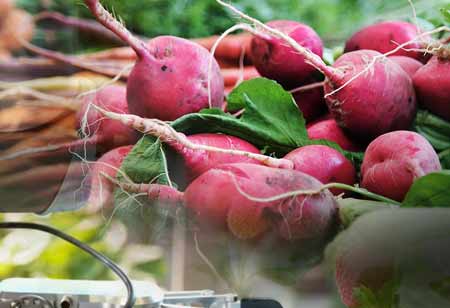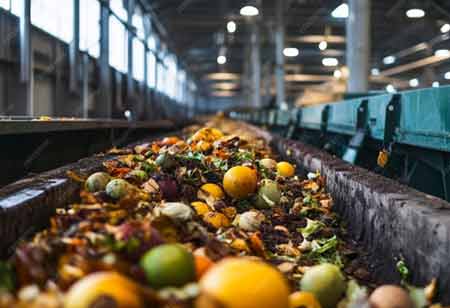THANK YOU FOR SUBSCRIBING
Be first to read the latest tech news, Industry Leader's Insights, and CIO interviews of medium and large enterprises exclusively from Food and Beverage Tech Review
Factors that Influence Processed Food Sales in the Modern Era
Food processing and production on a large scale play a significant role in the twenty-first century.

By
Food and Beverages Tech Review | Saturday, April 02, 2022
Stay ahead of the industry with exclusive feature stories on the top companies, expert insights and the latest news delivered straight to your inbox. Subscribe today.
From farm to fork, from field to plate, and from seed to shelf, an increasing number of individuals are seeking to learn as much as possible about their food in today's world.
FREMONT, CA: Food processing and production on a large scale play a significant role in the twenty-first century. Without these methods, consumers worldwide would be limited to locally produced foods. These would be significant limiting issues for most of the population, particularly those who live in cities. By expanding their food options, people can diversify their diets, which is more likely to give a more balanced and nutritious combination of nutrients.
Numerous factors influence modern customers' food choices, including quality, appearance, price, flavor, health, habits, family preferences, safety, manufacturing processes, brand names, country of origin, and availability. Individuals' eating habits have evolved owing to time constraints and greater convenience. Today, more people eat out than at any point in history.
Additionally, eating choices might be influenced by global trends. These can range from organic to fair-trade to foods thought to be environmentally friendly. Consumers have been more health-conscious and interested in preserving and improving their well-being over several decades.
Even simple procedures such as washing, chopping, and packaging fresh fruits and vegetables have a negligible influence on the nutritional quality of the fruits and vegetables. Complex operations, such as heating and boiling, improve overall safety while decreasing vitamin content. Water-soluble vitamins, such as vitamin C, are particularly vulnerable to heat treatment. For example, while boiling peeled potatoes, up to 40 percent of the vitamin C content can be lost. Vitamin loss will be proportional to both heating time and temperature. Blanching the vegetables for a few minutes, then freezing, drying, and canning them will preserve most of the vitamins and minerals.
Refined grains, such as white rice, pasta, or bread, have less dietary fiber, vitamins, and minerals than whole grains. These, however, can be reintroduced following milling via a process known as enrichment. In some cases, food processing can also increase the availability of nutrients for human consumption. Vitamin B3 (Niacin) is not nutritionally available in maize unless it has been soaked in limewater and cooked.
I agree We use cookies on this website to enhance your user experience. By clicking any link on this page you are giving your consent for us to set cookies. More info







